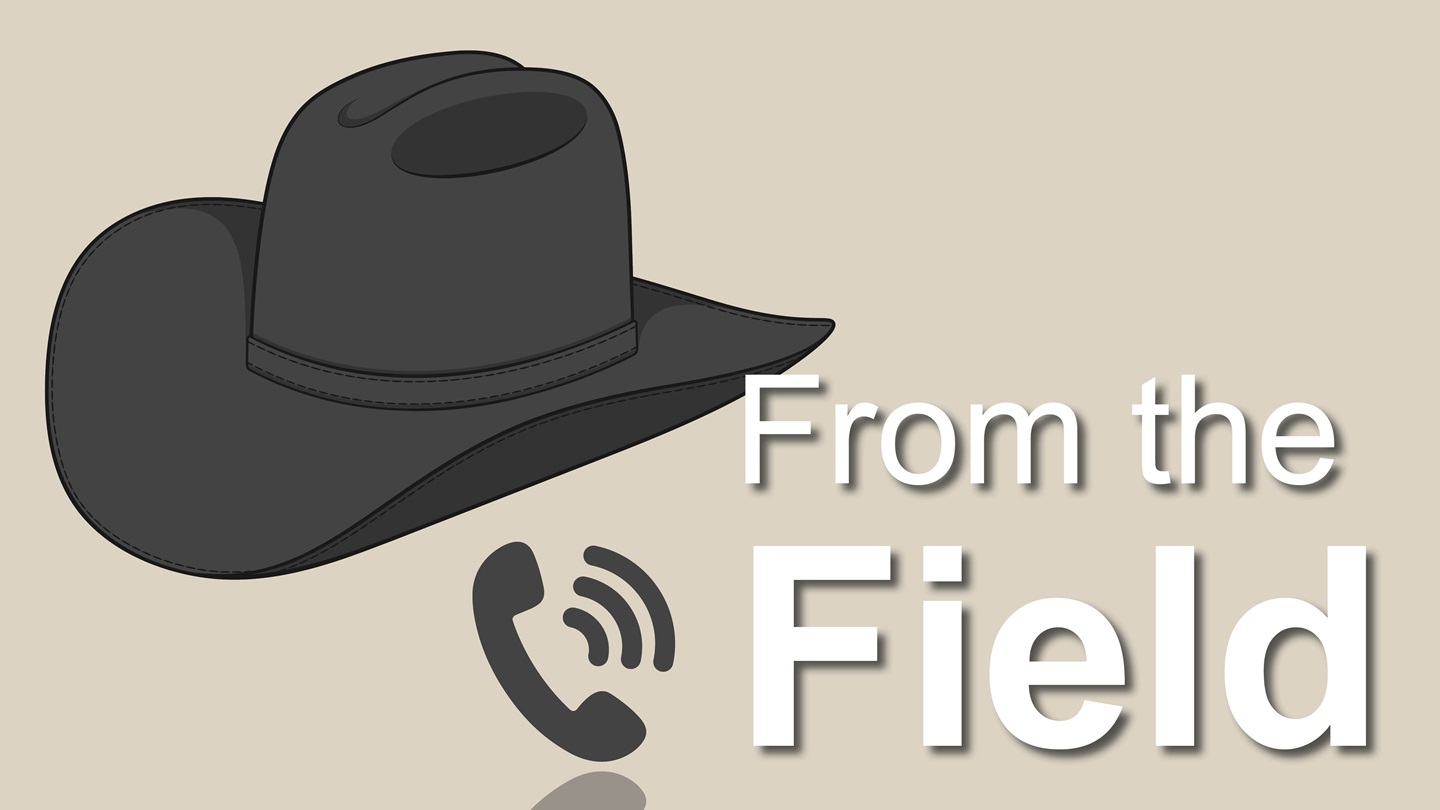From the Field
Winter may be different coast to coast, but preparedness is still imperative.
November 20, 2024

If Old Man Winter hasn’t set up shop in your neck of the woods just yet, brace yourself. It’s a good bet he will show up very soon. Though winter arriving is something cattle producers can bet on each year, the severity and unique challenges experienced in various regions of the country are incredibly different from one coast to another. In this month’s edition of “From the Field,” we visit with regional managers Shawn Gray and Jeff Mafi regarding winter nutrition and management to bring you a few thoughts to consider.
Reduce it to writing
When it comes to winter forages, all are not created equal, says Shawn Gray, regional manager for Alabama, Arkansas, Louisiana and Mississippi. Forage sampling is one example of low-input options producers have at their disposal to put data from their own operations to use.
“I would recommend that no matter what the situation — even in the middle of the summer — grab samples of pasture just to see where we are at,” suggests Gray, noting that consumption of supplementation can denote when cattle might be feeling a nutritional deficiency, whether on pasture or eating predominantly baled hay. “A good friend of mine says, ‘You see signs on the side of the road that say, Quality Hay for Sale. Well, every bale is of some quality: either low quality or high quality.’”
Knowing the actual numbers on baled forages then allows producers to make more informed decisions when further supplementation might be needed to fill potential nutritional gaps. Supplementation might not mean protein or energy, notes Gray. Supplementing rumen microbes to promote a healthier population supports optimum digestion, too.
Past that, knowing actual numbers of forages and any additional feedstuffs gives cattlemen the opportunity to run numbers on what makes the most sense from a nutrition and cost-efficiency standpoint.
“I would say that’s the key strategy: put a pencil to it, know what you’ve got, measure what you’ve got, and don’t wait until going into winter to try to buy your hay,” says Gray, noting that hay baled earlier in the year is often higher quality from a palatability perspective. “Try to buy that hay early on when there are some better-quality options. There are times where hay that is cheaper is actually costing you twice as much because of the supplementation required to keep your cows in good shape.”
Water access can be a challenge
It’s a safe bet that chopping ice in water tanks is many cattlemen’s least favorite winter activity, but hard freezes can affect more than just surface water if the temperatures drop low enough.
“The biggest issue I’ve seen the last few years is those 10- to 14-day Arctic blasts,” says Jeff Mafi, regional manager for Oklahoma and Kansas. “We’re not set up for that degree of sustained cold for an extended period of time.”
Citing the relative rarity of such weather and the typical depth for water lines in the Southwest of 3 feet (ft.) compared to standard depths of 5-6 ft. farther north, Mafi stresses the importance of being prepared when it comes to providing a consistent supply of clean water during snaps of incredibly cold weather.
Maybe producers are using auto-fill stock tanks, natural water sources or even hauling water to livestock. Perhaps they have employed the use of overflow, water-movement technology or heated tanks. Regardless, checking tanks often and on a schedule is equally as important.
“Guaranteeing access to adequate water sources is probably something people need to have on their mind every winter,” Mafi says. “It seems like our winters have gotten a little colder in recent years. In my opinion, that’s been the biggest battle for most producers when it comes to winter management.”
Make the most of your ground
Whether you’re planning for happenings later in the winter or have already begun spit-balling plans for spring pastures, keeping the focus on what fits your operation and the land you operate will often lead to better outcomes than using a one-size-fits-all scenario.
“Pay attention to what’s between your fences. You can get ideas from other operations, but you’ve got to be able to put it into practice successfully at home,” says Gray, stressing the importance of knowing your soil types and available resources. “You can’t just take somebody else’s operation, stick it on your place and go, ‘This is what I’m doing!’ Because it may not work for you.”
While one plan might work perfectly for another cattleman, that same strategy could be a disaster within your own cow herd. While we can always learn from perceived failures and tweak those ideas for our own operations, paying attention to what’s between our fences dictates what we can do and what’s sustainable for our own ground, says Gray.
Similarly, when it comes to extreme cold weather and livestock shelter, knowing the layout of your operation can benefit planning where cattle are housed and for late-fall and early spring-calving herds, what the best location for calving cows might be.
“Thinking ahead and having a plan in place leads to less frustration when winter blasts blow in,” says Mafi. “Maybe it’s having a draw out of the wind where you can roll out straw, hay or another bedding. Or having an additional shelter of some sort to get those calves on something dry. These cold Arctic blasts are hard for everybody in this region, so getting ahead of the weather is a must.”
Editor’s note: “From the Field” is a regular Angus Beef Bulletin EXTRA column featuring advice, industry news and Angus updates from regional managers of the American Angus Association. For information on how to contact your regional manager, click here.
Angus Beef Bulletin EXTRA, Vol. 16, No. 11-B
Topics: Animal Handling , Feedstuffs , Management , Nutrition
Publication: Angus Beef Bulletin


